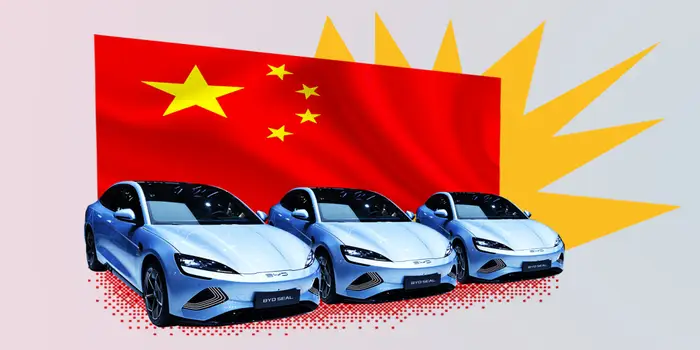For decades, Japan has reigned supreme in the global auto export market, closely followed by automotive powerhouses like Germany and South Korea. However, the automotive landscape is undergoing a seismic shift, and all eyes are on China as it positions itself to surpass these long-standing leaders and claim the title of the world’s largest auto exporter.
This significant transformation became evident earlier this year when China’s exports outpaced Japan’s in the first quarter of 2023. Subsequent developments throughout the year have reinforced China’s dominance, with the China Association of Automobile Manufacturers (CAAM) revealing that the country exported a staggering 4.41 million vehicles between January and November. This marked a remarkable 58 percent increase compared to the same period in 2022. In contrast, Japan, a traditional auto export giant, produced 3.99 million units during the first 11 months of 2023, reflecting a 15 percent increase.
While China is yet to make substantial inroads into the U.S. market, it has strategically expanded its global presence. The dragon’s influence has been most pronounced in Mexico and Russia, where it has significantly bolstered its export figures. Notably, China exported an astounding 730,000 vehicles to Russia between January and October, marking a seven-fold increase from the previous year. In Mexico, although the figures are slightly less dramatic at 330,000 units, the increase stands at an impressive 71 percent. These strategic moves have not only solidified China’s standing in these markets but have also contributed significantly to its surge in global export numbers.
Chinese automakers are not content with merely exporting vehicles; they are actively seeking to establish production bases in key markets. Industry experts speculate that these bases could serve as a gateway for Chinese brands to access the U.S. market without incurring hefty import duties. This forward-thinking strategy aligns with China’s broader ambitions to expand its automotive footprint globally.
It’s noteworthy that not all vehicles exported from China bear Chinese branding. While domestic manufacturers like BYD play a pivotal role in China’s export drive, global automotive giants such as Tesla, Volvo, BMW, and Buick have also joined the fray. These companies leverage China’s manufacturing prowess to build cars locally, which are then exported and sold worldwide.
China’s rise to prominence in the global auto export arena underscores its commitment to reshaping the automotive industry’s dynamics. As it continues to forge strategic partnerships, establish production bases, and enhance its export capabilities, China’s influence on the international automotive stage is set to grow exponentially. The narrative of global auto exports is undergoing a profound transformation, with China emerging as the driving force behind a new era in the automotive landscape.

